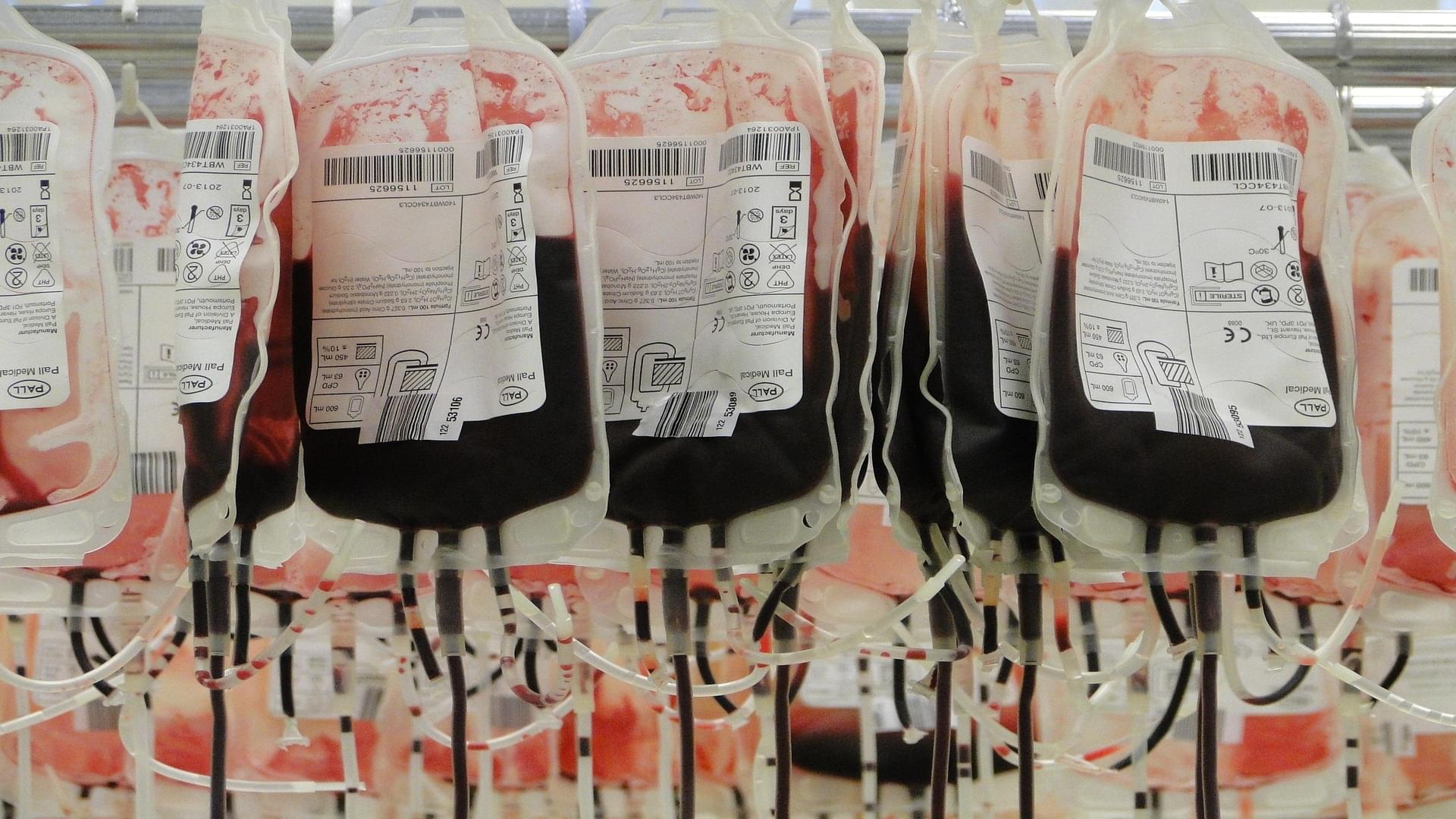Scientists find new compound that could reverse memory loss in mice



The People’s Liberation Army has released rare footage showing its reconnaissance drones tracking a ‘hostile warship,’ highlighting China’s increasing integration of unmanned systems with intelligence operations.
The video, aired in Forging Ahead, the PLA’s latest military documentary, depicts a coordinated mission involving the WZ-7 and WZ-10 unmanned aerial vehicles. Both are high-altitude, long-endurance platforms built by the Aviation Industry Corp (AVIC) of China for surveillance missions.

The US Air Force could soon add a new tool to its arsenal of training aids: a full-scale replica of China’s HQ-22 surface-to-air missile system.
The decoy, developed by US defense contractor Torch Technologies at its Integration and Prototyping Center in Huntsville, Alabama, is designed to mimic the real Chinese air defense weapon’s look, radar signature, and battlefield behavior.
The company said such surrogates are critical for preparing aircrews to face modern anti-aircraft threats in potential high-intensity conflicts.





The wargaming, which enhances human judgment, has long been a vital method for understanding human decision-making in complex, uncertain environments by harnessing the power of experiential learning.
While traditional wargames offer deep insights into how decisions play out under pressure, their dependence on expert facilitators and labor-intensive design limits their scalability and speed.
APL revealed that Generative Wargaming (GenWar) is a next-generation capability that integrates generative artificial intelligence, modeling and simulation (M&S), and human expertise. GenWar allows the institute to build and run wargames in days instead of months, analyze dozens of alternative futures at scale, and focus human attention on the scenarios that most demand thoughtful deliberation.
During Napoleon’s disastrous retreat from Russia in the bitter cold, his army of 600,000 men was decimated by starvation and disease. A new study identified which pathogens contributed to their demise.
In June 1812, Napoleon I invaded Moscow with 500,000 to 600,000 soldiers, hoping to conquer Russia. However, finding themselves isolated in a ruined city, they decided to retreat that fall, according to study’s authors. Little did they know, however, that the Russian winters would be more brutal than the enemy soldiers’